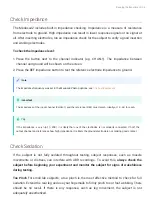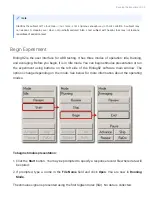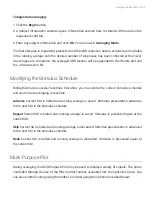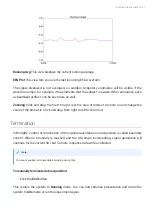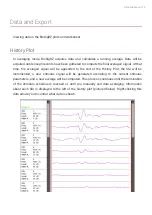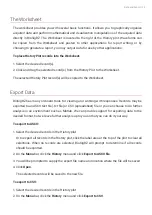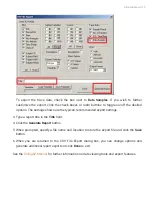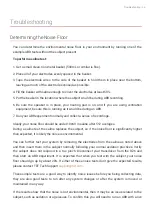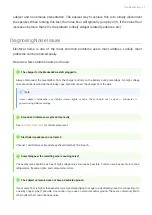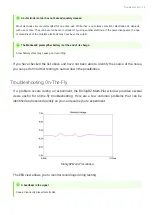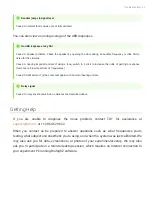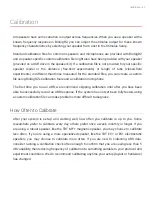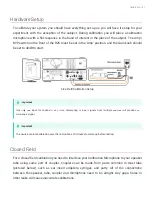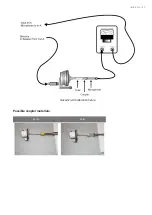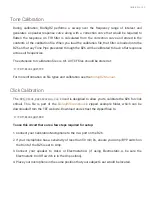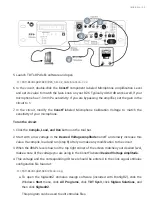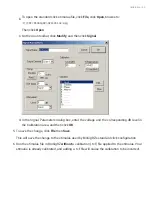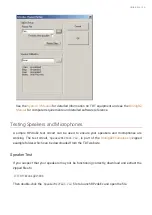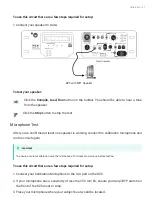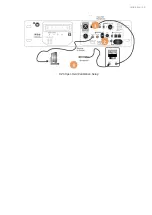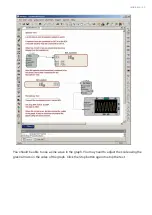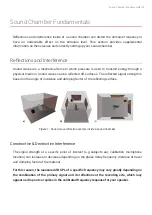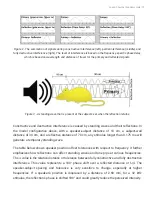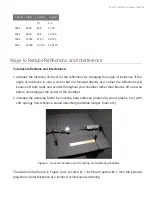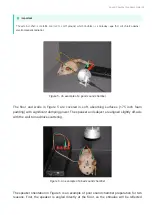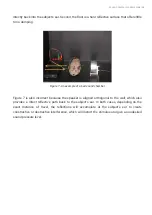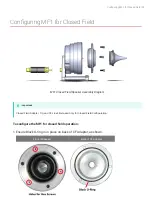
Calibration
All speakers have some variation in output across frequencies. When you use a speaker with a
known frequency response in BioSigRZ, you can adjust the stimulus output for these known
frequency characteristics by selecting your speaker from a list in the Stimulus Setup.
Standard calibration
fi
les for common speakers and microphones are provided with BioSigRZ
and a speaker-speci
fi
c custom calibration
fi
le might also have been provided with your speaker
(provided on a USB drive in the speaker kit). If a calibration
fi
le is not provided for your speci
fi
c
speaker model or the distance (free-
fi
eld experiments) or length of tube (closed-
fi
eld
experiments) is different than those measured for the standard
fi
les, you can create a custom
fi
le using BioSigRZ's Calibration tools and a calibration microphone.
The
fi
rst time you run an ABR, we recommend skipping calibration until after you have been
able to successfully record an ABR response. If the system has not yet been fully tested, using
a custom calibration
fi
le can make problems more di
ffi
cult to diagnose.
How Often to Calibrate
After your system is set-up and working well, how often you calibrate is up to you. Some
researchers prefer to calibrate every day, others prefer once a week, monthly or longer. If you
are using a robust speaker, like the TDT MF1 magnetic speaker, you may choose to calibrate
less often. If you are using a more specialized speaker, like the TDT EC1 or ES1 electrostatic
speakers, you may choose to calibrate more often. If you are new to collecting ABR data,
consider running a calibration check often enough to con
fi
rm that you are seeing less than 5
dB variability, then reducing frequency of calibration to something suitable to your protocol and
experiment conditions. We do recommend calibrating anytime your setup (layout or hardware)
has changed.
Calibration | 40



